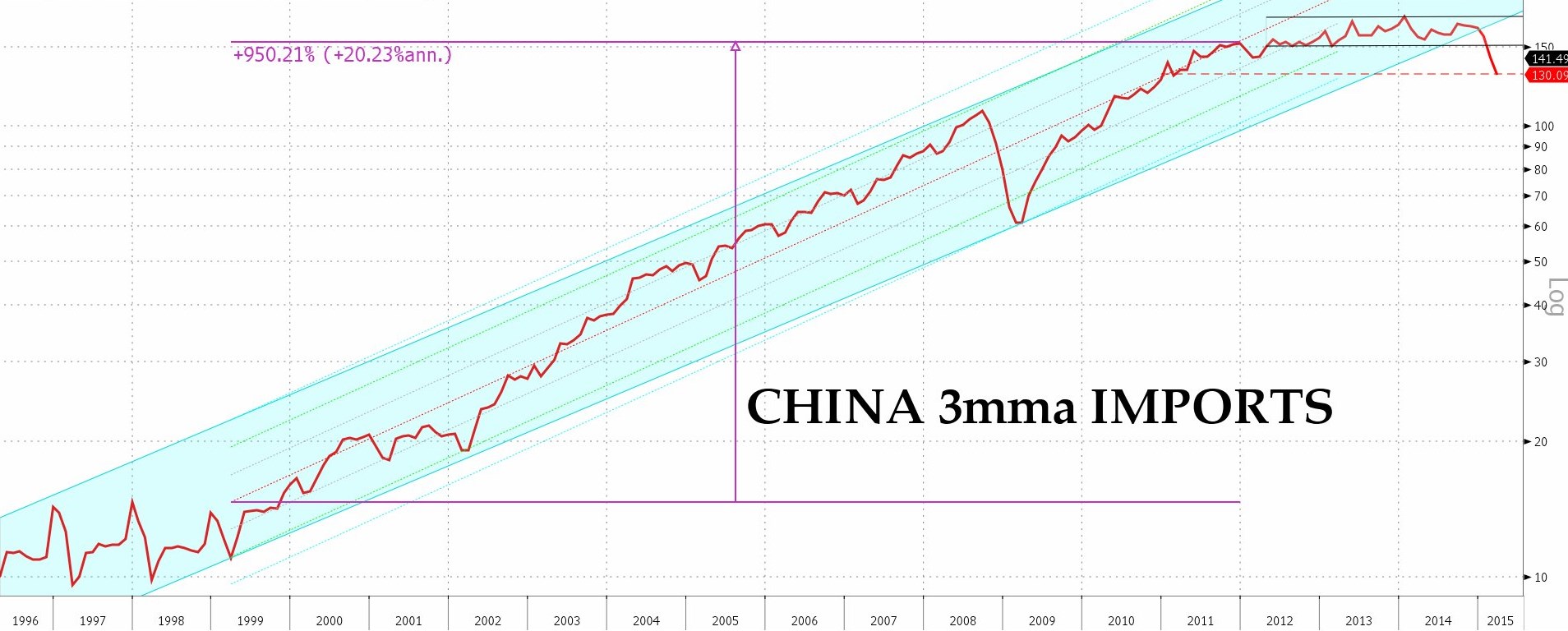There are key aspects of economics that neo-classical monetarists do not apparently comprehend; the most important, given their job-description, being the relationship between money and prices. They are like motorists who drive on the basis of the chaos and destruction viewed in the rear-view mirror. This is what happens when you use historic prices to guide monetary policy.
We are all aware, through application of logic if nothing else, that if you increase the quantity of money, prices will increase as that extra money is spent. What is less appreciated is that prices can change dramatically due to shifts in preference for money over goods. An illustration of this was the fall in prices during the financial crisis five years ago, when over-extended consumers responded to the global banking crisis. Government interventions in capital goods markets, such as for residential property and automobiles, were urgently implemented to stop prices collapsing. Shifts in money-preference can be very dramatic, as that episode showed.
Since that time, preferences for money have not changed much. Despite the massive expansion of money-quantities in the major economies, prices for goods have been generally stable, though government CPI statistics tend to be self-serving rather than reliable price inflation indicators. Instead of fuelling price increases, money has instead been applied to reducing indebtedness, or to speculation in the capital markets.
What is important to understand is five years ago there was a large one-off shift in favour of money, which suggests that the next large shift will be away from money; not because suddenly we are all going to like spending again, but because we will like money even less. This is not to say that some of us won’t become more cautious, rather the reverse. If the economic outlook deteriorates it will be because we are cutting back spending on inessential goods. It is just that the price effect of this reduced spending is unlikely to be anything like as dramatic as what we saw at the time of the banking crisis.
So where will a reduced preference for money come from? The clue is from all that extra money that has been channelled into capital markets since the banking crisis. When the bullish factors for government bonds and other financial assets are replaced by the prospect of rising interest rates and falling prices, there will be a rush for the exit across a wide range of markets. And here the reaction of the monetarists at the central banks will be crucial.
It is a virtual certainty that collapsing bond and other asset prices will set off a new crisis by undermining the collateral backing the entire banking system. Central banks will see no alternative to keeping interest rates as low as possible, accelerating the expansion of the money-quantity to prevent a new systemic crisis. This is true for all major currencies, not just the US dollar. Cash will therefore be an unattractive alternative to owning financial assets, which leaves vital commodities and monetary hedges, such as precious metals, as the only refuge for monetary capital.
Today’s lull in the flow of bearish news will probably be over in a few months. It only serves to conceal the repositioning of the sovereign wealth funds and of other prescient institutional investors, seeking to protect themselves, ahead of this increasingly certain event.
This article was previously published at GoldMoney.com.



The monetary expansion (monetary inflation – for that is what inflation actually is) has so twisted the economy (the capital structure) with malinvestments, that it hardly matters any more whether prices in the shops go up, down, or sideways.
The economy has been twisted beyond repair.
More and more commentators are predicting inflation and even hyper inflation as an unavoidable, future outcome.
It makes one wonder how the country is going to face up to the onerous burden of public sector pensions – which are indexed linked so as to rise to compensate for any inflation. Has anyone calculated the effects this might have on the economy for various possible future rates of inflation?
They will be defaulted upon. Simple.